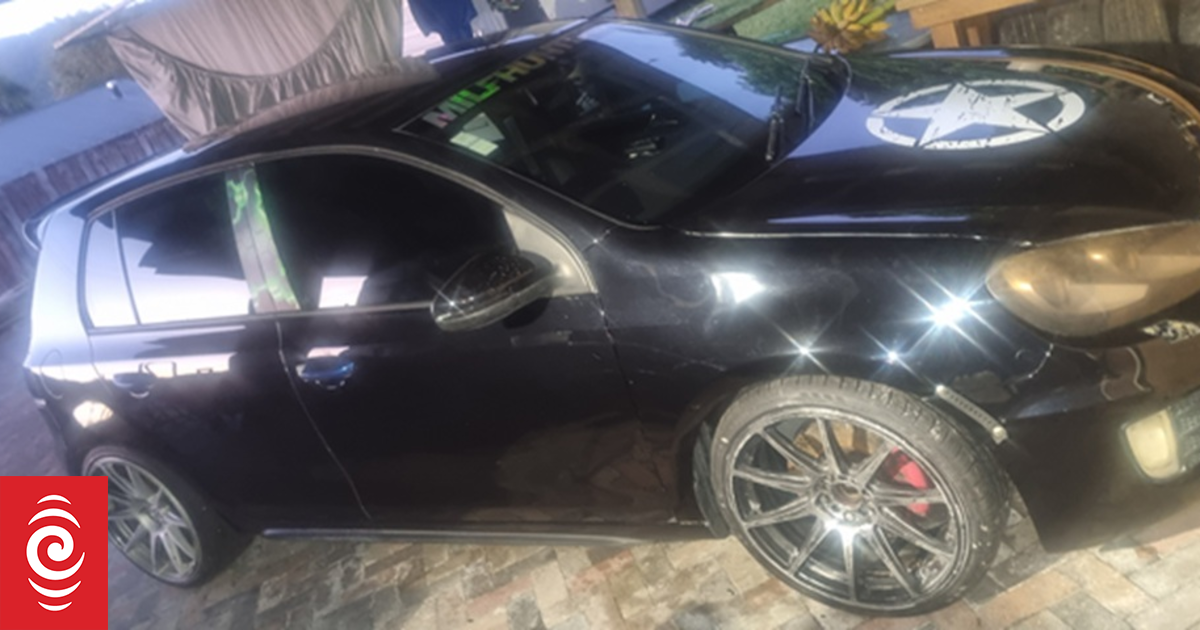What piqued my interest further were the fatalities of two Northland pedestrians within the past two months as they walked alongside the Russell-Whakapara Road.
In these tragic accidents, being seen was not an issue. Both well-loved and respected residents perished because they just happened to be in the wrong place, ascars crashed into them. One was repairing a mailbox and the other was walking a dog.
Cyclists and pedestrians are vulnerable road users and being seen is an issue for them and for drivers around them.
The concern is such that the person I was talking to is on something of a crusade. She wants to make pedestrians in dark clothing, walking on her country road, aware that they can’t be discerned from the road, especially in fading light.
To this end there has been some seminal research done in 2010 by staff at the Queensland University of Technology that seems to clarify many of the issues. The context applies equally to pedestrians and cyclists and the report abstract is summarised as:
“Visibility limitations make cycling at night particularly dangerous. We previously reported cyclists’ perceptions of their own visibility at night and identified clothing configurations that make them feel visible. In this study we sought to determine whether these self-perceptions reflect actual visibility when wearing these clothing configurations. In a closed-road driving environment, cyclists wore black clothing, a fluorescent vest, a reflective vest, or a reflective vest plus ankle and knee reflectors.
“Drivers recognised more cyclists wearing reflective vests plus reflectors (90%) than the reflective vests alone (50%), fluorescent vests (15%) or black clothing (2%).
“Older drivers recognised the cyclists less often than younger drivers (50% v 27%). The findings suggest that reflective ankle and knee markings are particularly valuable, while fluorescent clothing is not. Cyclists wearing fluorescent clothing may be at particular risk, if they incorrectly believe themselves to be conspicuous to drivers at night.”
Other research indicates both cyclists and pedestrians believe they are more visible than drivers indicate they are.
The question of fluorescent orange or yellow tops being visible just because of their colour is completely erroneous. Fluorescence requires UV light to be seen and there is no light at night. Whereas reflective tapes with contrasting colours reflect traffic light back to drivers to be seen.
There is an outstanding issue of driver behaviour around vulnerable road users. The question of distraction comes up, as well as how wide a berth drivers give these vulnerable road users. It’s not all about blaming the victim. Pedestrians and cyclists need to know they are seen by wearing appropriate gear to ensure they give themselves the best chance of being safe on the road.
That’s called personal responsibility and we could all do with a bit of that.




